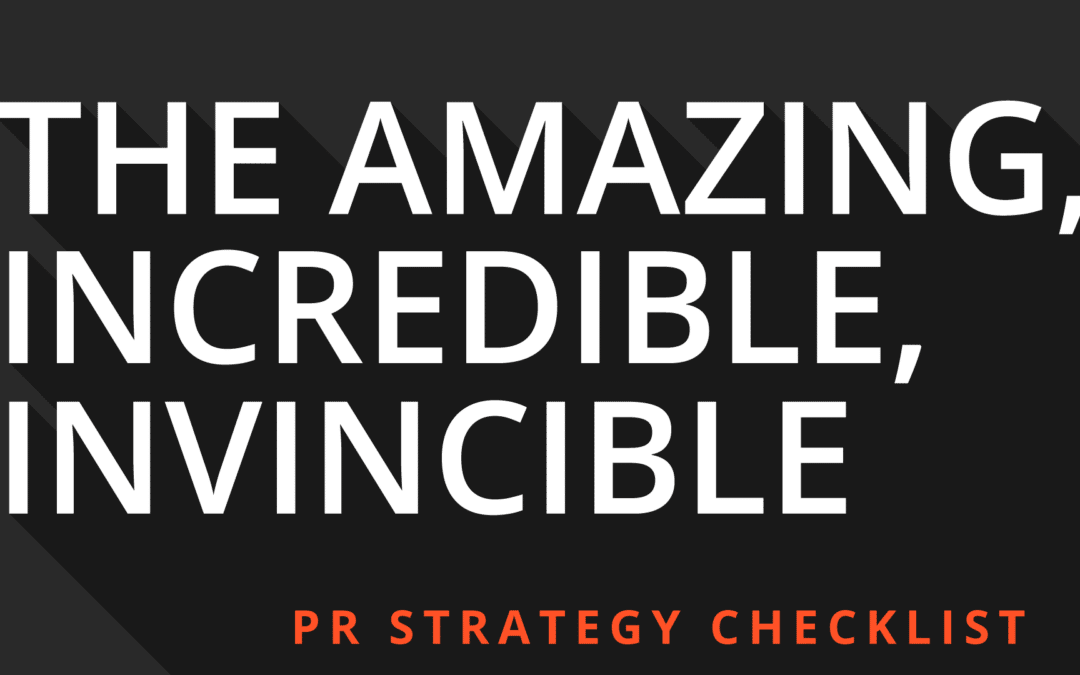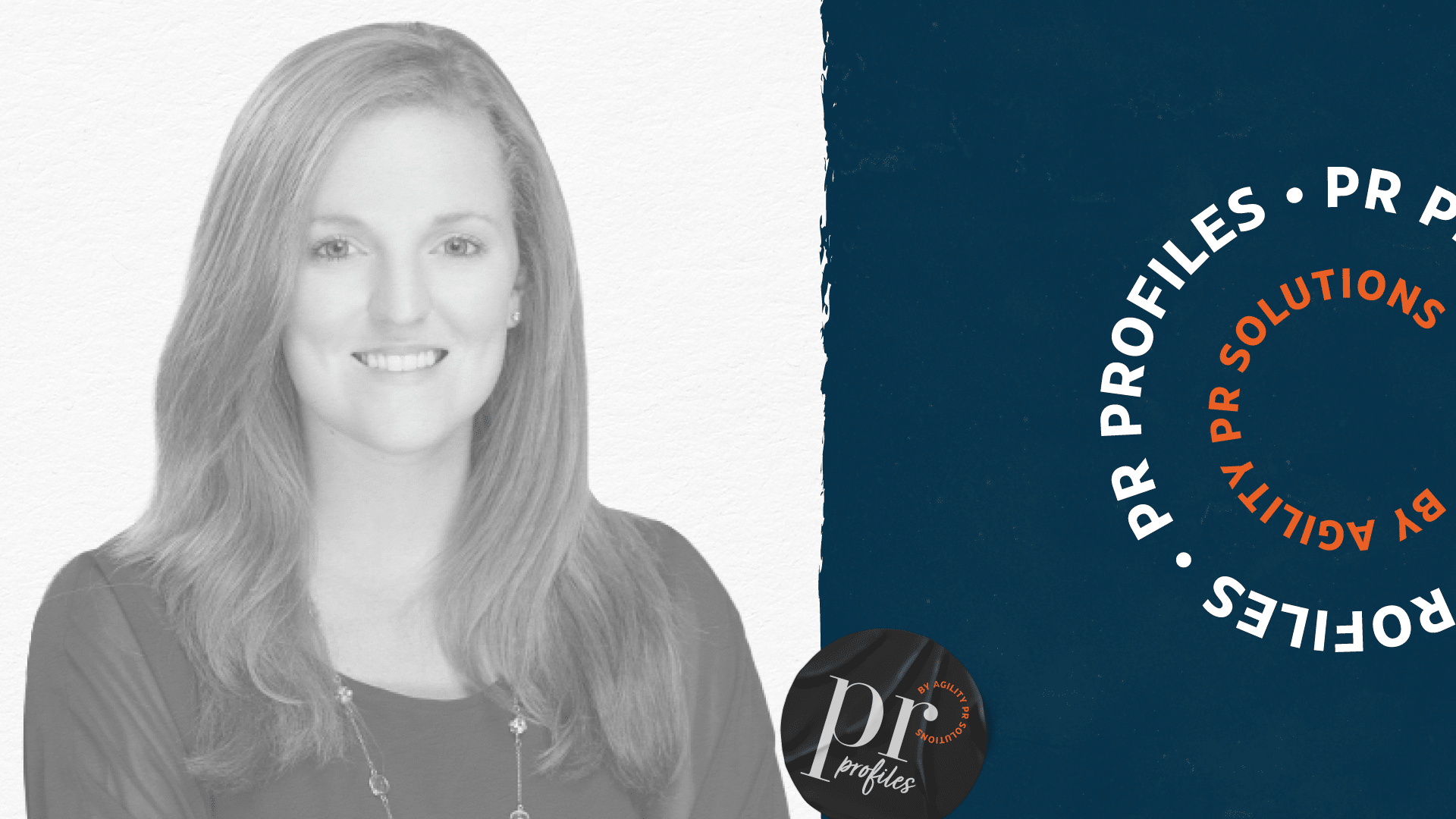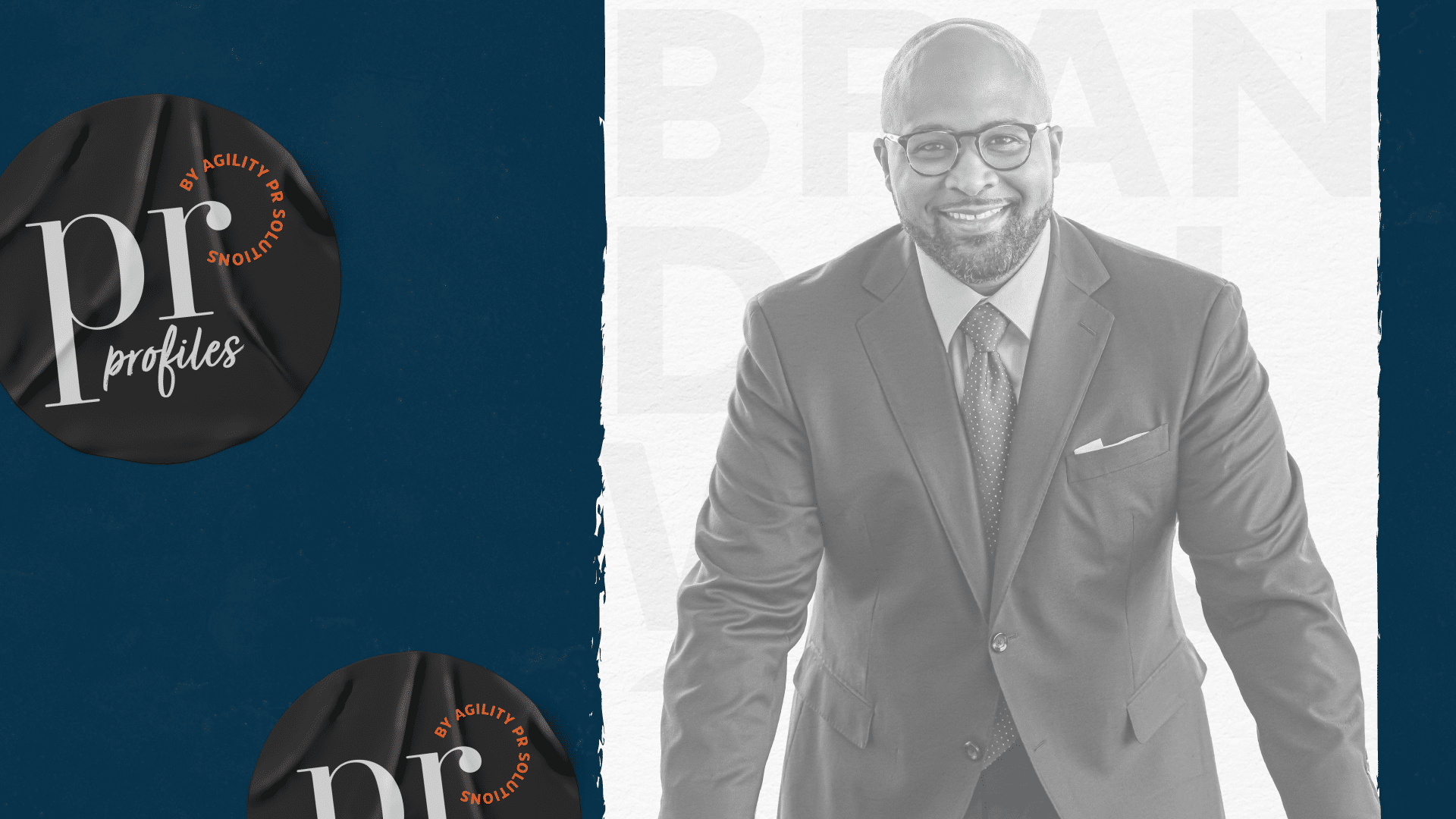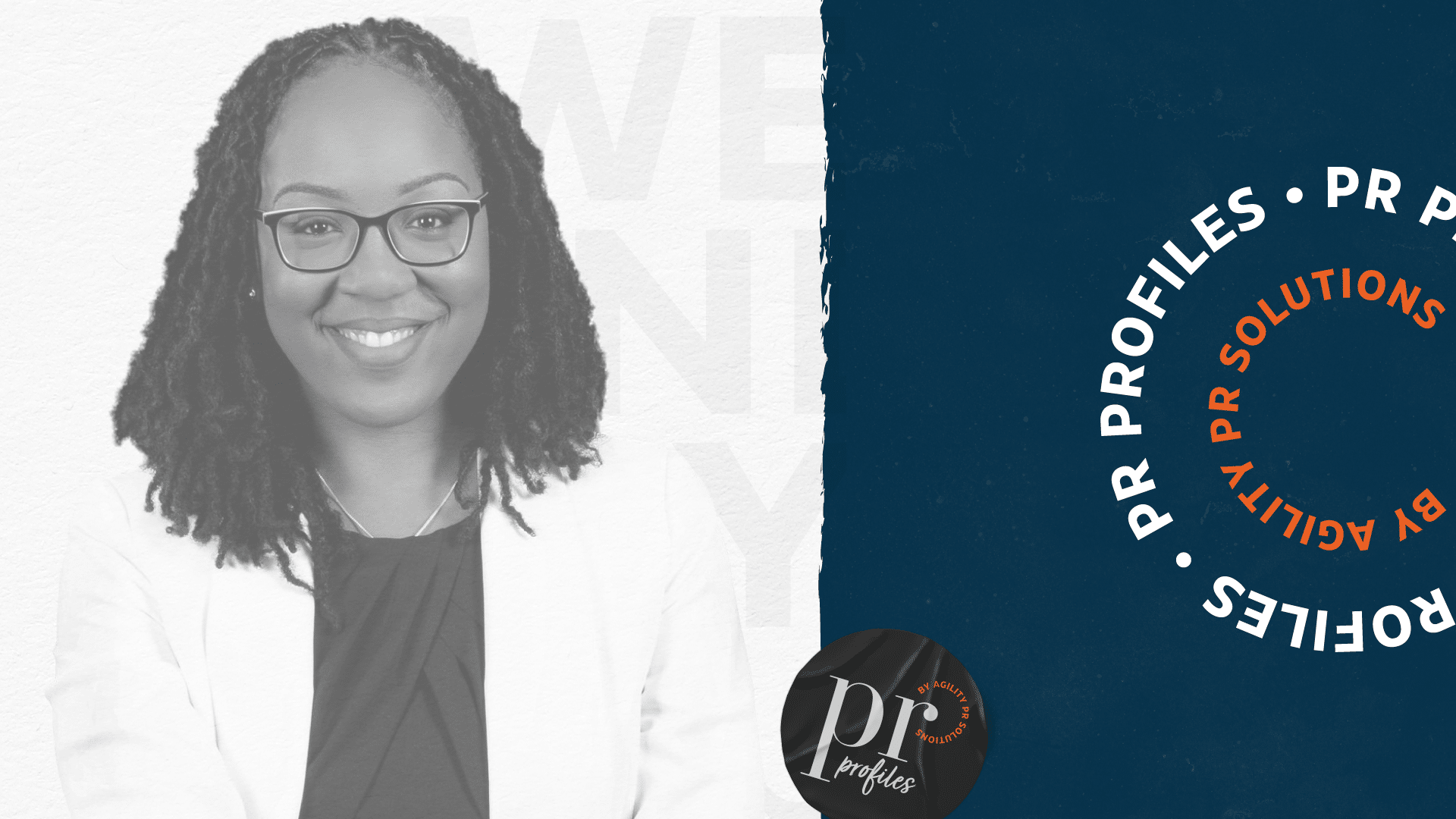PR is essential. It builds brands, it generates trust, and it even drives revenue. You know it. We know it. But unfortunately, not everyone else does. It’s up to you to convince the doubters that PR matters—and that it has real business value.
What follows is a high-level overview of a PR checklist. Let it guide you on your way to becoming the PR powerhouse you know (and we know) you can be.
Stages of the PR/communications lifecycle
To understand where you should begin in your journey, you should know where certain activities fit into the three stages of the communications lifecycle.
1. Connecting and amplifying
Amplify the message of your campaigns through paid, earned, owned, and shared channels (aka the PESO model from Gini Dietrich). Making genuine efforts at forming strong connections with the right reporters, broadcast journalists, bookers, producers, and social media influencers, who already have the attention of your target audience, will help you build credibility and authenticity and amplify your message.
2. Capturing reach
Collecting data that indicates when, where, and to whom your message appeared supports your PR efforts and is imperative to understanding who your target audience is and proving ROI. This also allows you to focus on who best receives your message and how you could further your relationship with them.
3. Interpreting data
The only way to learn, evolve, and improve is to reflect on past success and failures and develop an analytical understanding of how you can better serve your clients.
Setting great goals
Goals are like signposts or lighthouses or railway stations or bus stops or safe harbors or… well, you get the idea. Whether it’s a huge organizational goal, or the contained aim of a campaign, goals are capital “E” essential to PR and communications. Without them, you’re lost, aimless, adrift…. Which is why every communications plan, PR campaign, or related function must start with goal development.
When developing goals, ask yourself:
- What is important to the C-Suite/client?
- What would your top executive or client say is the primary goal for the organization?
- How can PR contribute to that goal?
- What is your PR goal?
- What will your PR goals accomplish? (ex. boosting brand awareness, discrediting critics, increasing goodwill, building a profile in new regions)
- How can you measure if you have achieved your set objectives?
- Are your goals SMART?
SMART goals
There are goals and then there are SMART goals. SMART is an acronym for:
Specific: What specifically do you want to do?
Measurable: How will you know when you’ve reached it?
Attainable: Is it in your power to accomplish it?
Timely: When exactly do you want to accomplish it?
Realistic: Can you realistically achieve it?
Connecting and amplifying
Campaigns aimed at everyone and no one are pointless. To get results, you need to know exactly who you want to reach. PR and comms people should take a cue from the B2B and B2C companies that painstakingly create buyer personas. Just like them, you need to identify and understand your target audience. The lists below will help inform your outreach strategy.
Demographics include age, location, gender, income and any other basic characteristics of a person’s situation.
Psychographics include anything that reveals what they’re like as people.
Knowing exactly whom you want to see your message will give your media outreach the tight focus it needs.
Know your baseline
Your baseline numbers are inextricably linked to your goals. Before beginning a new campaign, take a baseline measurement of all the metrics that matter. That way, you’ll be able to identify your success, learn from it, and replicate it.
Access to data from Google Analytics, CRM and marketing automation systems, social listening and media monitoring tools, and business analytics platforms will be invaluable in knowing your baseline. Here are some examples of the type of data you’ll want:
- Average mentions per month in print, online, broadcast, radio, and podcasts
- Total number of followers and engagement rates across your social platforms
- Website traffic per month
We highly recommend that as part of your prep you conduct a media coverage audit—like, right now! And conveniently enough, we do those. .
Connect with the right media contacts
Your content may be fantastic, but it’s only as good as the number of eyes that see it and the number of minds that are changed by it. To develop genuine, mutually beneficial relationships, you must understand the journalists and influencers you want to reach.
Start by asking yourself:
Who are they? What are their interests? What outlet do they work for? What are their objectives? If you had your choice, who would you have shouting your story from the rooftops? How often do they write/speak? How do they craft their communications? Who listens to them? What does their audience care about? What is their audience like?
You know who you want, now how to find them? –
You’ve got two options: buy a media database or build one yourself. As a media database provider, we’re biased about which option we would recommend, but if you’re not sure what you need, start by checking out our free guide: The Ultimate Guide to Media Databases.
Pitching and following up
Just like everybody else, journalists and influencers want to feel special—and mass pitches are the fastest way to let them know that they’re just another name on a list. Personalize your pitches specific to the journalist for best results. Don’t be afraid to politely follow up a few days later if you don’t hear back.
Things to consider:
Does your database include email tracking? Does it tell you who opened your pitch, when, and which links they clicked? If not, you should consider getting a database that does those things. Follow-up will be so much easier.
Want to elevate your pitching? Check out some of our great resources from PR pros on how to develop pitches that will stand out, write subject lines that will get opened, form genuine relationships with journalists, and learn the art of following up.
Capturing reach
Once you’ve put in the effort to connect with media professionals who will amplify your message, you need a way of capturing your results. Enter media monitoring and social listening. We won’t go into these two essential tools for PR pros here, but we will leave you with some of our free guides and on-demand webinars:
- Social Listening: How to Turn Social Media Conversations into Business Benefits
- How to Get Journalists to Stop Ignoring You: The Three Media Relations Practices Every PR Pro Needs to Implement Right Away
- The Trusted Resource Guide
- Nicole Rodrigues: Be a Journalist’s Go-To: How to Build a Trusted Partnership with the Media
- Nikki Woods: PR Subject Lines that Get a Yes
Interpreting data
Collecting the data is one thing, but how you use it is a whole other ballgame.
You can have all the numbers you want, all the stats and all the charts. But unless you dig into them—unless you strive to understand—you’re not doing all you can to evolve as a communicator and become a PR powerhouse.
The crux of it is this: you need to look at your data, you need to understand the why of it—why do we appear in that story? Why does this journalist keep covering for us? Why are our social mentions skyrocketing?
You need to measure results so you can quantify your successful (and not-so-successful) activities. Your data won’t mean anything to anyone until you make it mean something to you first. It won’t be easy, but you can’t prove PR impact without it. Only with results in hand can you prove your impact on the organization and get better as a communicator, to then make a bigger impact, and get even better, and then make even more of an impact… and then, well you know. It’s a beautiful cycle.
The path to PR success has changed. Earning your company or client media coverage is good, but it’s not enough to just count mentions and move on. Measuring quantity is one thing, but what really matters is digging into that coverage and seeing if it’s the kind of content that can contribute to organizational goals.
You’re on your way to becoming a PR powerhouse!
- We hope you found this article useful! If you did, please consider downloading our free guide and workbook The Amazing, Incredible, Invincible PR Strategy Checklist. Put your best foot forward in 2023 by being thoughtful about the actions you take at each part of the PR lifecycle.
If you want to learn more about PR strategy, check out our resources page which offers free e-books and on-demand webinars brought to you by industry-leading and award-winning PR professionals.
Or if you’d like to learn more about any of our services, you can book a free demo today!







